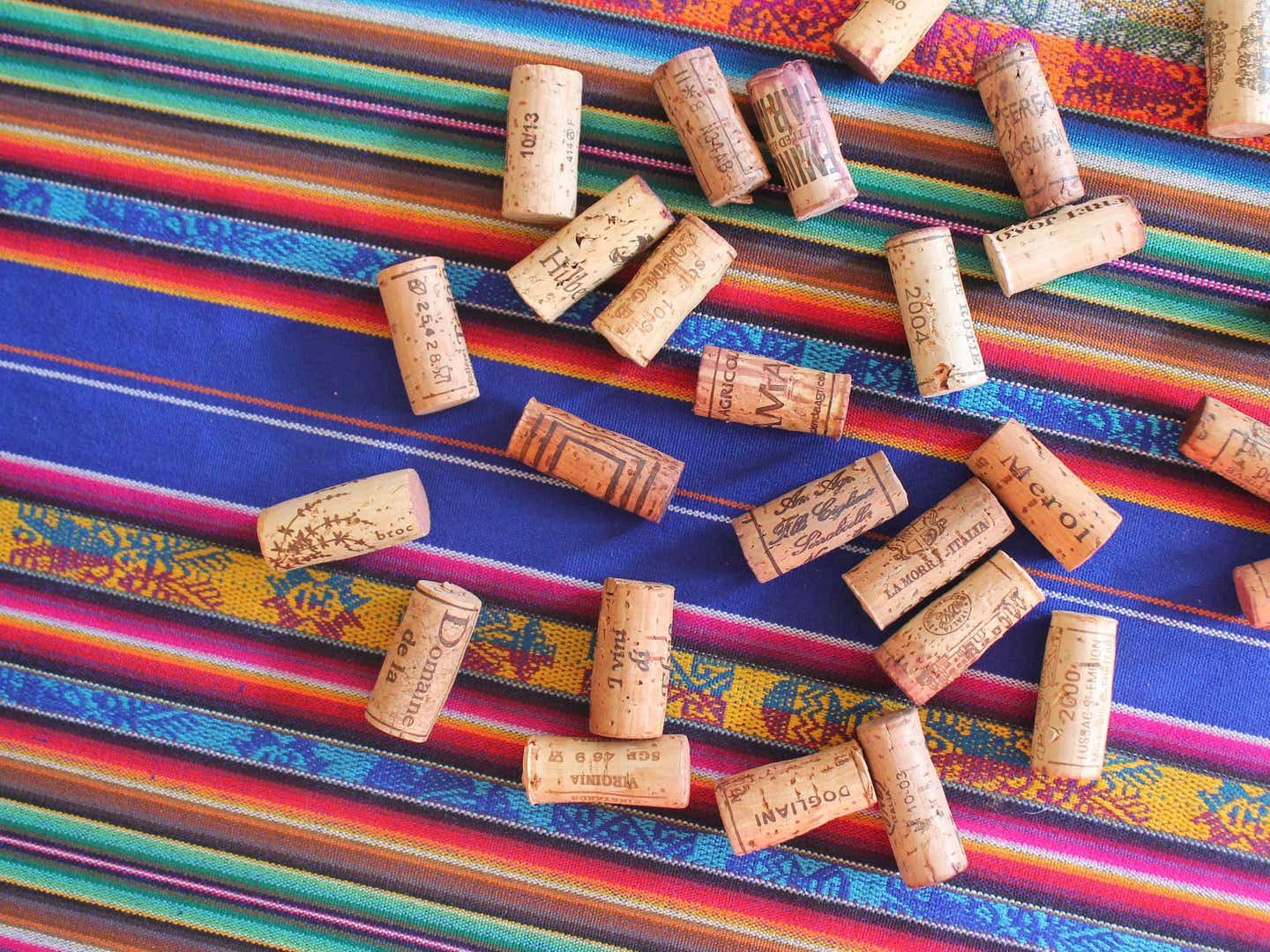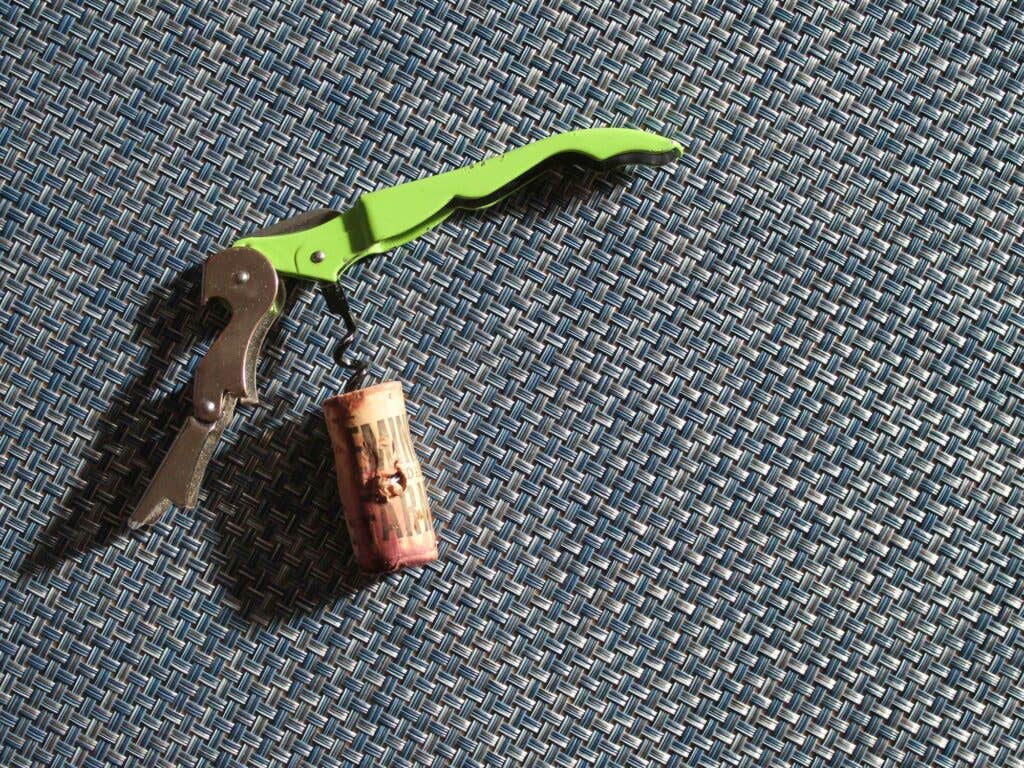
The Best Wine We Drank in 2015
Great bottles from corners of the world where ancient craft teems with youthful energy
The best wines I drink are rarely drunk alone. They're drunk at dinner, with friends, who often bring their own favorites to share. We rarely drink these wines as standalone entities. We taste and we talk, consider them with the food they're served with and view them as representations of their region. So if you're going to pick the best wines you've drunk all year, you can't think of them simply as drinks. You have to consider where they come from and the factors that make them what they are.
Geography plays the most crucial role in a wine's fate, which is why I picked my favorite wines on geography alone. Whether it's the harsh climes of the Finger Lakes and Ontario, or the unpredictable island conditions of Giglio and Crete, farmers and wine makers have learned about and adapted to these natural elements. They've formed a bond between human and nature that's as unique as the wines being made in these provocative regions.
Finger Lakes, New York
I'm a sucker for cool-climate wines; that is to say, wine that comes from a place where 100-plus inches of annual snowfall a year is the norm. Maybe it's because I grew up in one: Syracuse, not far from the Finger Lakes. I know what it's like to brave winter, to shiver for six months, only to bask in warmth that lasts for three. I sympathize with the vines that thrive in the Finger Lakes and I relish the wine they produce.
Some of the region's best wines come from farms around Seneca Lake, the largest and deepest of the Finger Lakes. Because of the lake's depth, it doesn't freeze during the winter; no other lake in the region has that advantage. The residual warmth grants nearby vineyards a microclimate that's perfect for growing grapes. Average temperatures on the southeastern part of the lake are the highest in the Finger Lakes, earning the area the name Banana Belt. It seems insignificant, but an extra couple degrees make a world of difference in wine.
Husband and wife Kim Engle and Debra Bermingham, along with winemaker Katy Koken, make an exceptional cabernet franc at their Banana Belt winery Bloomer Creek. It's one of the best I've tasted: spicy, lean, and structured like the classic cab franc of Chinon in the Loire Valley, but with a refreshing lightness that's often outweighed by fruit and texture in Chinon.
Six miles north, still in the Banana Belt, is Silver Thread. In a region known for riesling, Silver Thread owner-winemaker Paul Brock makes a dry riesling that showcases how far the Finger Lakes has come since 1974, when the New York Farm Winery Act revolutionized wine-making in the region by allowing farmers to setup wineries and sell directly to the public. Brock looks for weight in his rieslings, so his is soft and plush on the palate and tastes of stones and peach pits wet with rain water. It brings to mind the world-renowned rieslings of Germany's Rheingau.

Ontario, Canada
Ontario shares the long, brutish winters and short summers of the Finger Lakes. Like Seneca Lake, Lake Ontario insulates surrounding vineyards. It creates residual warmth that carries through the winter months and helps prevent vines from freezing. The Niagara Peninsula, the most productive of the region's three appellations, owes its success to this as well the Niagara Escarpment, a 650-mile stretch of glacial soil made of silt, sand, and limestone. Porous, rocky soil allows for maximum drainage of snowmelt during spring and retains heat during warm summer days and ensures even ripening given the drastic temperature shifts between day and night.
Cave Spring makes a stellar chardonnay here. The wine ferments mostly in steel, and the oak influence is minimal, so you get a pure expression of Niagara Peninsula soil and the chardonnay it's capable of growing. That is to say the classic tart, green apple, chalk and flint, whisper of savory spice, and rich mouthfeel that define some of the world's greatest chardonnays.
Giglio, Italy
Take a sure-footed stance on the edge of Giglio, an island off the coast of Tuscany, and you can hear the sea crash against the island. Wind sends mist in all directions there and you can smell the salt it carries with it. This is part of what makes Giglio so special, the way these conditions translate into the wines of Giglio (population 1,500). Here, as well as in Crete, cool breezes off the Mediterranean keep vines from overheating during hot summers.
Ansonaco is the workhorse grape of the island. It is thick-skinned and can withstand the harsh winds and unpredictable island climate. Tourism started bringing in more money than agriculture in the '80s and '90s, and many of these vines were abandoned. The Carfagnas took over four hectares of ansonaco vines at the turn of the century and recently started bottling under the label Altura. It takes serious devotion to make wine on Giglio, where the cliffs are steep and the soil is rocky, but the reward is a product truly unique in the world, and one that drinks less like wine and more like the essence of a place completely captured. The grape's thick skins give the wine strong but subtle tannins and a pleasant weight on the palate, and you can more than taste the salty air in every sip.
Crete, Greece
Crete is a special region. It's Old World, but its grapes aren't typical. In the '70s, a devastating disease known as Phylloxera wiped out much of the island's old vines, and when winemakers planted new vines, they made an effort to focus on indigenous varietals. Yiannis Economou produces incredible wines from local grapes on the eastern side of the island, in Ziros, at his winery Domaine Economou. Economou made wine in Bordeaux and Piedmont before moving back to his native Crete. One of his wines, liatiko, is a clear reflection of his past. You can taste the power and structure common in Bordeaux, but there is finesse and elegance like the Barolos of Piedmont. Despite the region's hot climate, the wine drinks with a surprising deftness. It's not overly extracted and dense, but smoky and sharp instead, with dark fruit notes casually wafting from the glass and not jumping out with reckless abandon.
Technicalities aside, these regions showcase winemaking at its finest. The climate and conditions are extreme here. Due to a lack of consistent, predictable growing conditions in these regions, there is a harmony reached between winemaker and nature in these wines that is unrivaled in many other parts of the world. In the Finger Lakes, Ontario, Giglio, and Crete, winemaker and nature work in tandem, not independently. Farmers and winemakers have set roots in these regions and committed to learning the intricacies of the land they live on. They have nit-picked and explored this relationship to exhaustive lengths, year after year, so that we, the consumer, can get a glimpse and taste of these special corners of the world.
Keep Reading
Continue to Next Story










